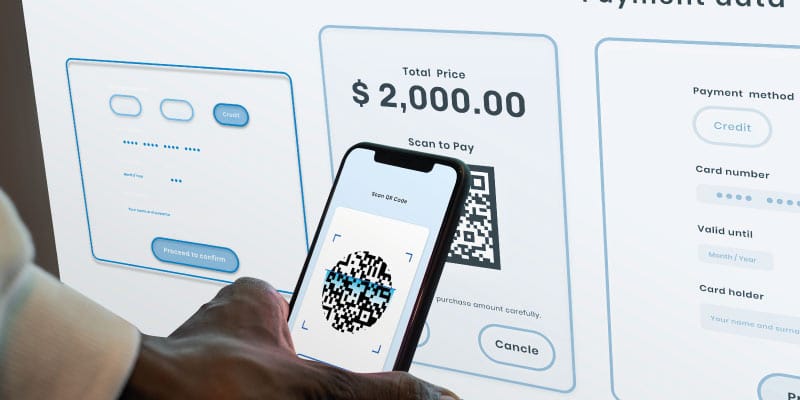Digital Platform Map

What is a digital platform and can one emerge in my industry?
Key Definitions
A platform is any type of system that facilitates many-to-many interactions (M2M). An example of a platform in the physical world is a marketplace, as it lets multiple sellers interact with multiple buyers. This is quite different than a store, that works on a one-to-many basis.
Digitalization has enabled a variety of platforms to emerge in cyberspace. These digital platforms are M2M systems that intermediate between participants, helping them to connect and exchange something of value.
Conceptual Model
The Digital Platform Map differentiates between six different types of digital platforms, based on the different forms of exchange being facilitated. Each of the six types is also illustrated by a number of well-known examples.
Key Elements
The six digital platform categories all revolve around a different sort of matchmaking that is facilitated:
- Digital marketplace. In a digital marketplace, multiple buyers are matched to multiple suppliers. Booking.com connects guests to hotels, while Uber links travellers to drivers. Note that Amazon started off as a one-to-many online store, but has developed into a platform by allowing other suppliers to sell through their system.
- Digital search. In a digital search platform, multiple people looking for information are matched to multiple sources of information. As a search request triggers the system to actively seek out the desired information, it is often also called a search engine. Google, Bing and Baidu are general purpose search platforms, but many specialized ones exist, such as Foursquare, that helps to find services close by.
- Digital repository. In a digital repository, multiple suppliers ‘deposit’ their materials into a type of library, to be retrieved by users at a later moment. In other words, the matchmaking is not immediate, but it can take days, weeks or years for people to view a YouTube video, listen to a song on Spotify or download software from GitHub.
- Digital communication. A digital communication platform is a system that allows multiple users to send messages and/or documents to a variety of other people, or interact in real time via voice as well as video. While some of these digital communication platforms have their own dedicated technical networks, companies like Skype, Snapchat and WhatsApp are internet-based.
- Digital community. On a digital community platform, people who want to remain virtually connected for a longer period of time can find each other, hook up and exchange information with one another. Facebook lets one build one’s own network of friends, but also facilitates other groupings, while LinkedIn plays a similar role in the business context.
- Digital payment. On a digital payment platform, matching takes place between those owing money and those wanting to be paid. Some of these payment platforms, like Adyen, work ‘behind the scenes’ on behalf of companies, while others like PayPal and Apple Pay are directed at online consumers. Note that an increasing number of community and marketplace platforms, like WeChat and Amazon are extending into payments.
Key Insights
- New form of intermediation. With the rise of the internet many people thought inter-mediaries would be cut out (disintermediation), but in practice a whole new category has emerged – digital platforms – based on the concept of many-to-many (M2M).
- The value of matching. The digital platform map clarifies that the value of digital platforms is in their ability to matchmake. They reduce inefficiencies by linking supply and demand.
- Basis of a business model. If a digital platform creates value, it has the potential to grow into a business, if it can be matched to a suitable revenue model to capture that value..
- Strength of network effects. All platforms profit from the virtuous cycle of many buyers drawing many suppliers, which in turn draws more buyers, ad infinitum. They create and sustain their own ecology, which grows more powerful with increasing size.
- Platforms branching out. While most companies started in one digital platform category, network effects are driving them to invade other categories and become platforms of everything
How to cite this article:
Meyer, R. (2019). Digital Platform Map. Retrieved [insert date] from toolshero: https://www.toolshero.com/strategy/digital-platform-map/
Add a link to this page on your website:
<a href=”https://www.toolshero.com/strategy/digital-platform-map/”>toolshero: Digital Platform Map</a>












